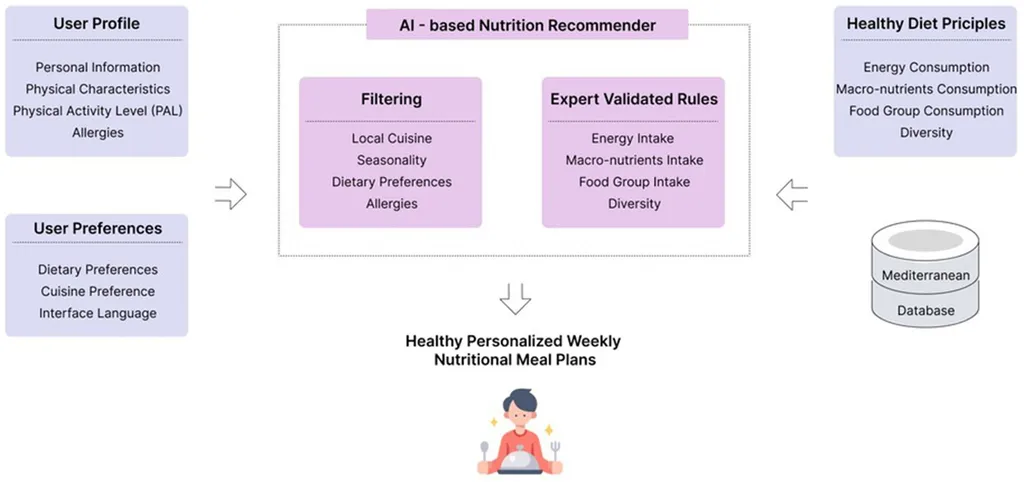In the heart of Türkiye’s Çamlıhemşin district, a groundbreaking study is reshaping how we understand and predict the nutritional content of legumes. Muhammed İkbal Çatal, a researcher from the Department of Field Crops at Recep Tayyip Erdoğan University, has pioneered a method to accurately predict the concentrations of essential macroelements in legume species using machine learning. This research, published in the esteemed journal *Scientific Reports* (translated from Turkish as “Scientific Reports”), could have significant implications for the energy sector and beyond.
Legumes, a staple in many diets and a crucial component in animal feed, contain vital macroelements like phosphorus (P), potassium (K), calcium (Ca), and magnesium (Mg). These elements are not only essential for plant growth but also play a pivotal role in the nutritional quality of feed. Çatal’s study aims to develop precise and efficient machine learning models to predict these macroelement concentrations, thereby enhancing the assessment of feed quality.
The research employed four widely used machine learning algorithms: Multivariate Adaptive Regression Splines (MARS), K-Nearest Neighbors (KNN), Support Vector Regression (SVR), and Artificial Neural Networks (ANN). Each algorithm was trained on a comprehensive dataset of feed quality characteristics collected from 10 different legume species.
The results were promising. The MARS model, in particular, stood out, achieving the lowest root mean squared error (RMSE) values and relatively high coefficient of determination (R2) values for most elements. “The MARS model generally outperformed the others, suggesting it is the most suitable model for predicting macroelement content in this particular dataset,” Çatal explained. This finding is significant as it provides a robust and accurate method for assessing the nutritional quality of legume species, which can be crucial for optimizing feed formulations and improving animal health.
KNN showed reasonable performance, while SVR and ANN exhibited relatively poor results, likely due to the limited dataset size and their sensitivity to hyperparameter settings. Despite this, the study highlights the potential of machine learning in precision agriculture, offering a tool that could revolutionize how we approach feed quality assessment.
The commercial impacts of this research are substantial. In the energy sector, for instance, understanding the nutritional content of feed can lead to more efficient energy production in livestock farming. By optimizing feed formulations, farmers can enhance animal growth rates and reduce waste, ultimately leading to more sustainable and cost-effective practices.
Moreover, the study contributes to the broader field of precision agriculture, where data-driven decisions are becoming increasingly important. As Çatal noted, “This research provides a foundation for future studies to explore the application of machine learning in predicting the nutritional content of various crops, not just legumes.” This could open up new avenues for improving crop quality and yield, benefiting both farmers and consumers.
In conclusion, Çatal’s research represents a significant step forward in the field of precision agriculture. By leveraging machine learning, we can gain deeper insights into the nutritional quality of legumes and other crops, paving the way for more efficient and sustainable agricultural practices. As the world continues to grapple with the challenges of food security and environmental sustainability, such innovations will be crucial in shaping the future of agriculture.

